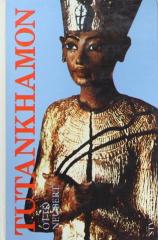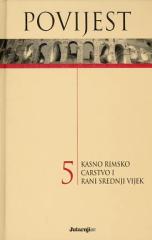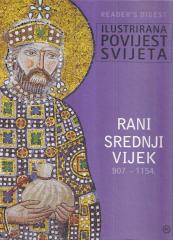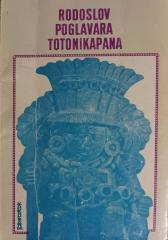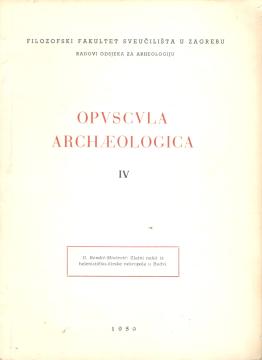
Opuscula archaeologica IV: Zlatni nakit iz helenističko-ilirske nekropole u Budvi
The article presents a classic analysis of archaeological findings from the Hellenistic period (3rd-2nd century BC) in the necropolis north of ancient Budva (today's Montenegro), discovered in the 1950s.
The author catalogues and describes in detail the gold jewellery from 12 graves: spiral bracelets in the shape of snakes made of thin gold sheet (wt. 10-20 g), earrings with pyramidal designs (upturned pyramids with granulated decorations), circular zoomorphic earrings with lion and bull motifs, fibulae, rings with intaglio and chains with pendants. He analyses the processing techniques (forging, filigree work, granulation), styles (Hellenistic influences with Illyrian variants) and context: the jewellery was found in female and male graves with ceramics, bronze and iron, indicating elite burial rituals. Rendić-Miočević compares it with parallel finds from Glasinac, Trebenište and Greek centres, dating them to the Macedonian phase of Hellenism.
These objects, weighing a total of over 200 g, are rare examples of high-value gold in the Illyrian region, testifying to the wealth of local tribes (probably the Doclea or Labeati). The motifs (snakes as a symbol of protection, zoomorphic elements) reveal a synthesis of Greek influences and autochthonous symbolism, and the quality of the workmanship points to masters from Macedonia or Epirus. The findings confirm Budva as an important commercial and cultural center on the Adriatic.
The work enriches the picture of Illyrian civilization, illustrating Hellenistic acculturation in the Balkans: the spread of Greek art through trade and migration, social hierarchy (jewelry as a status symbol), and ethnic interactions. As one of the first detailed studies of Illyrian gold, it influenced later research (e.g. in Trebenište, Apollonia), helping to reconstruct Balkan routes and the transition from the Iron Age to the Hellenistic Age. It remains a reference for understanding the pre-Roman Adriatic and Illyrian-Greek connections.
One copy is available

